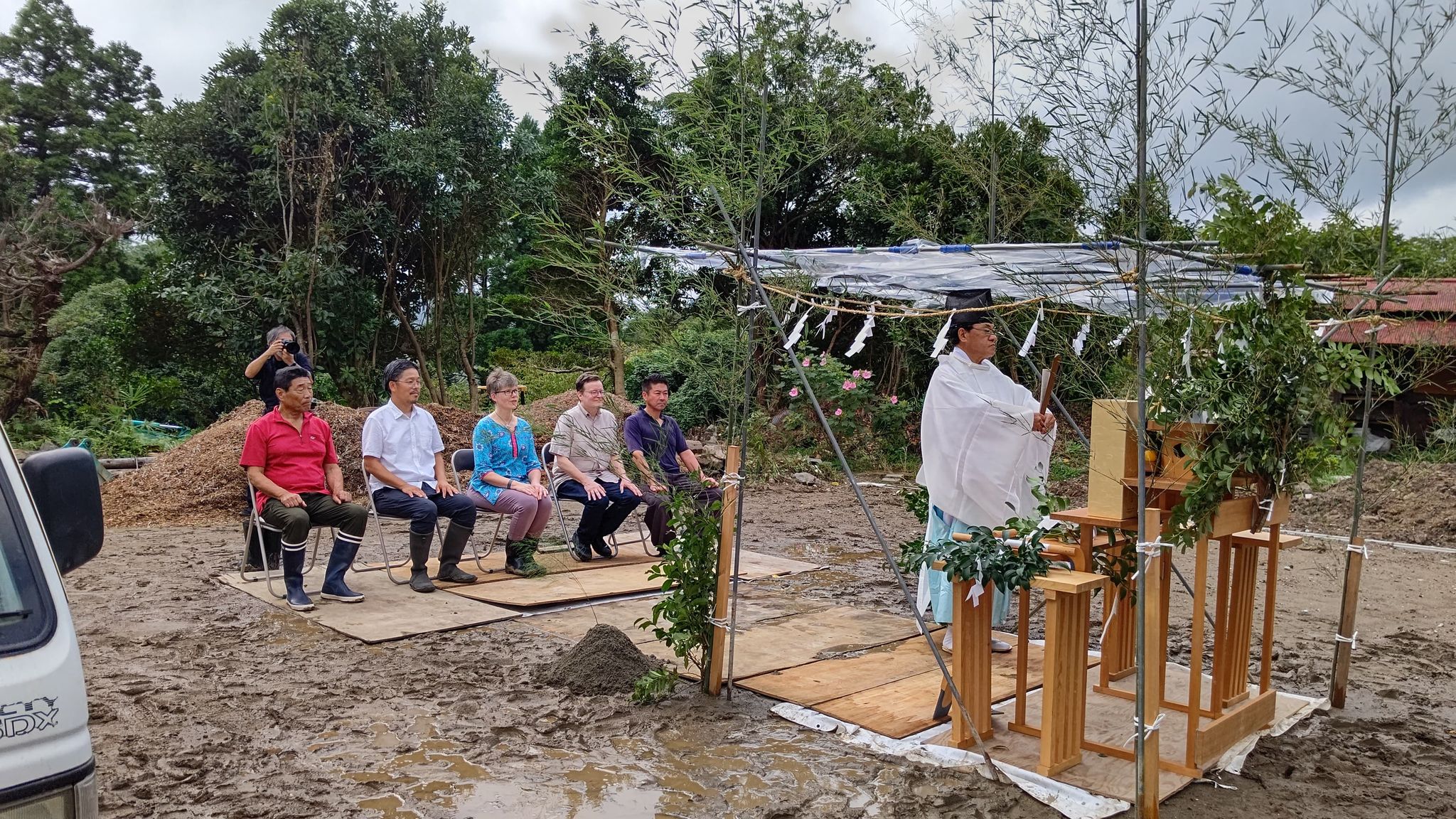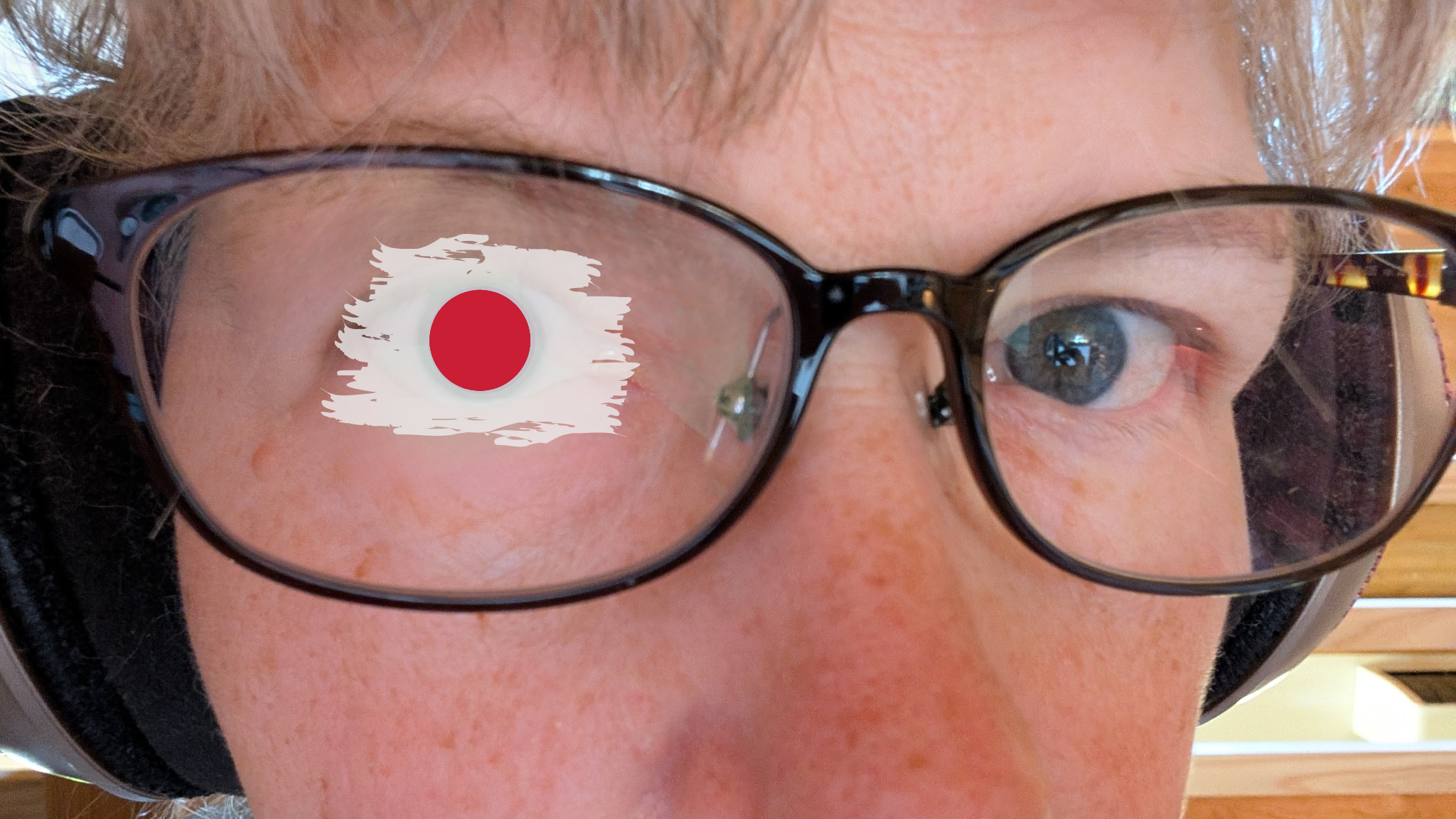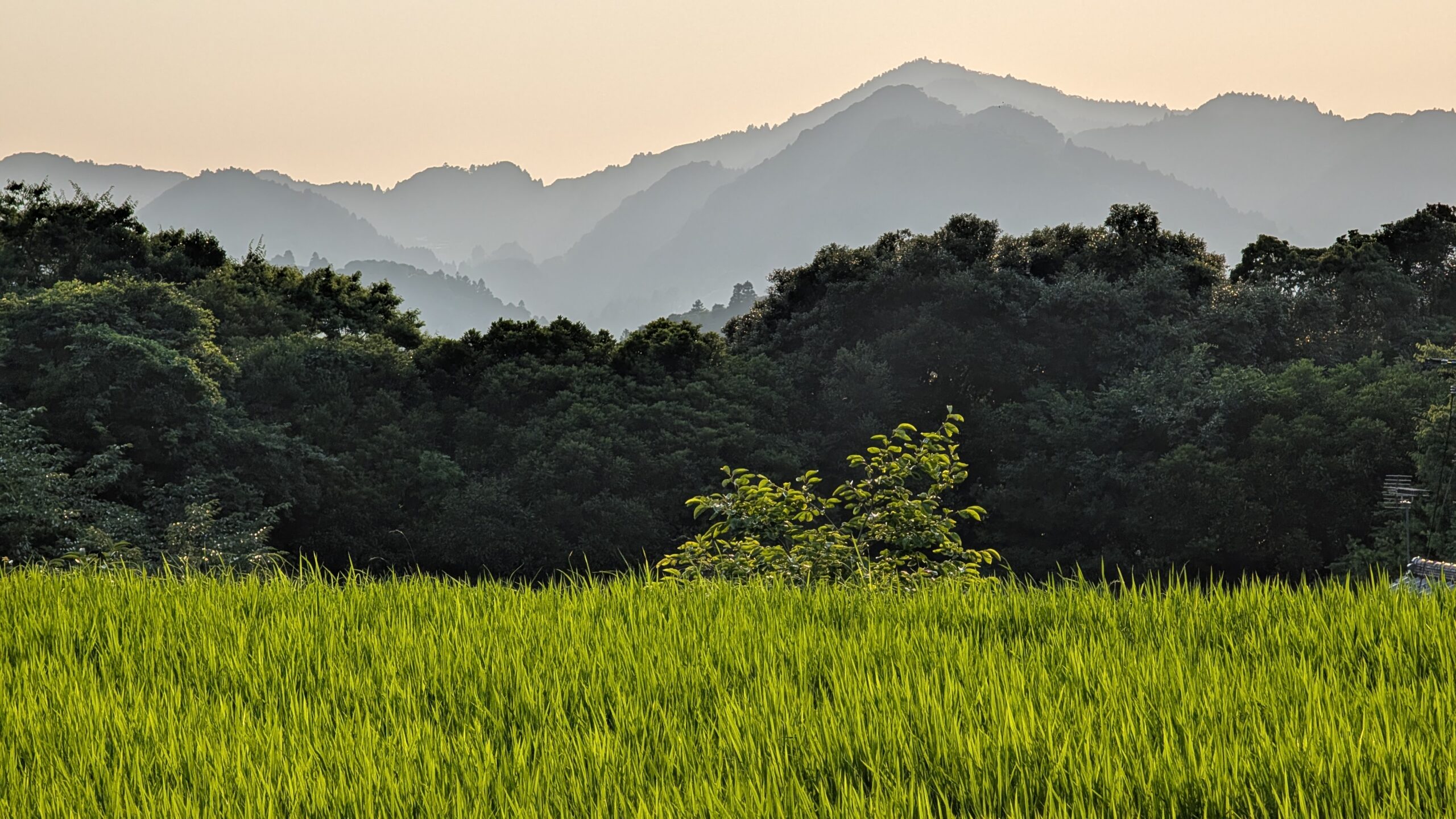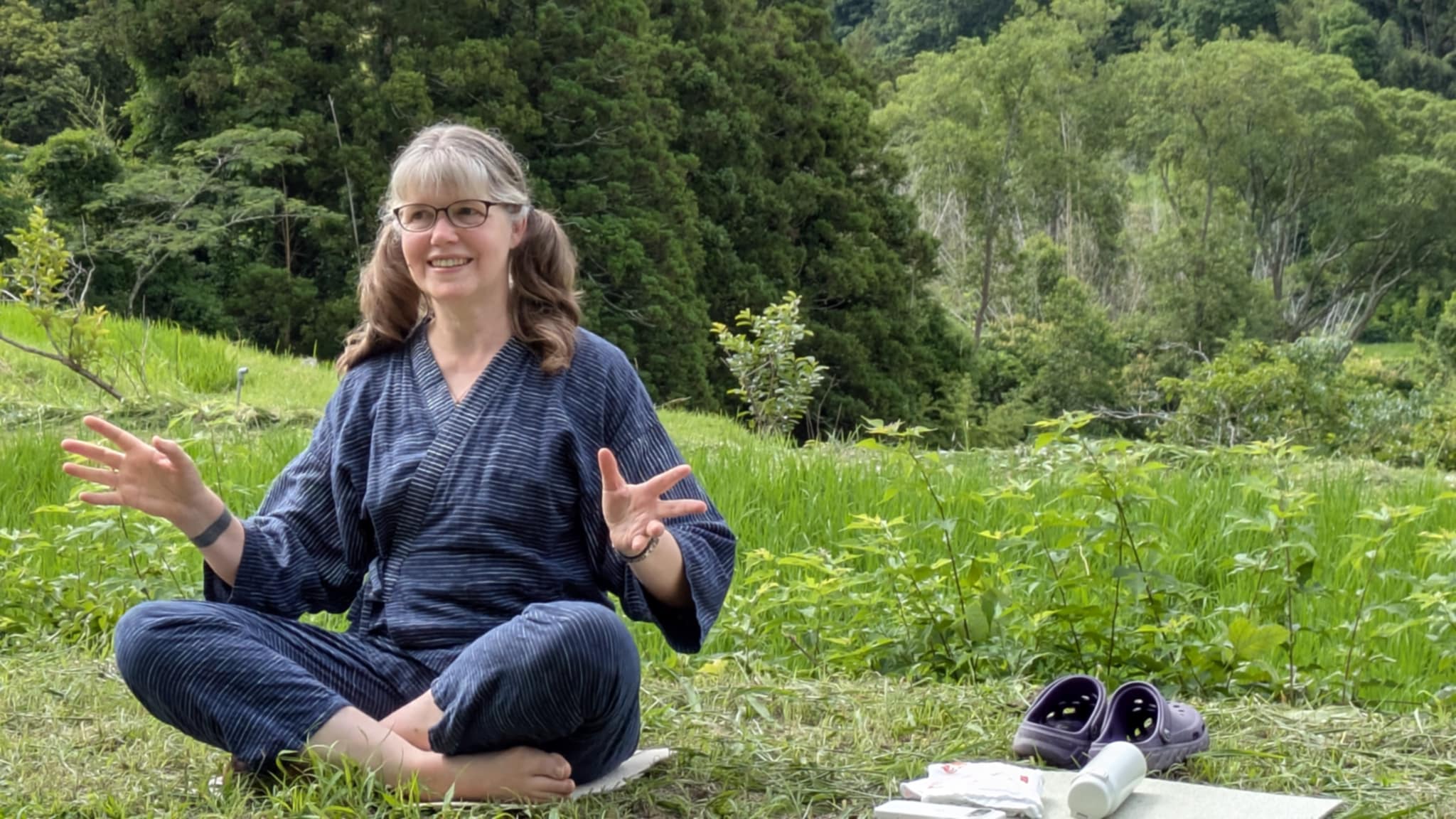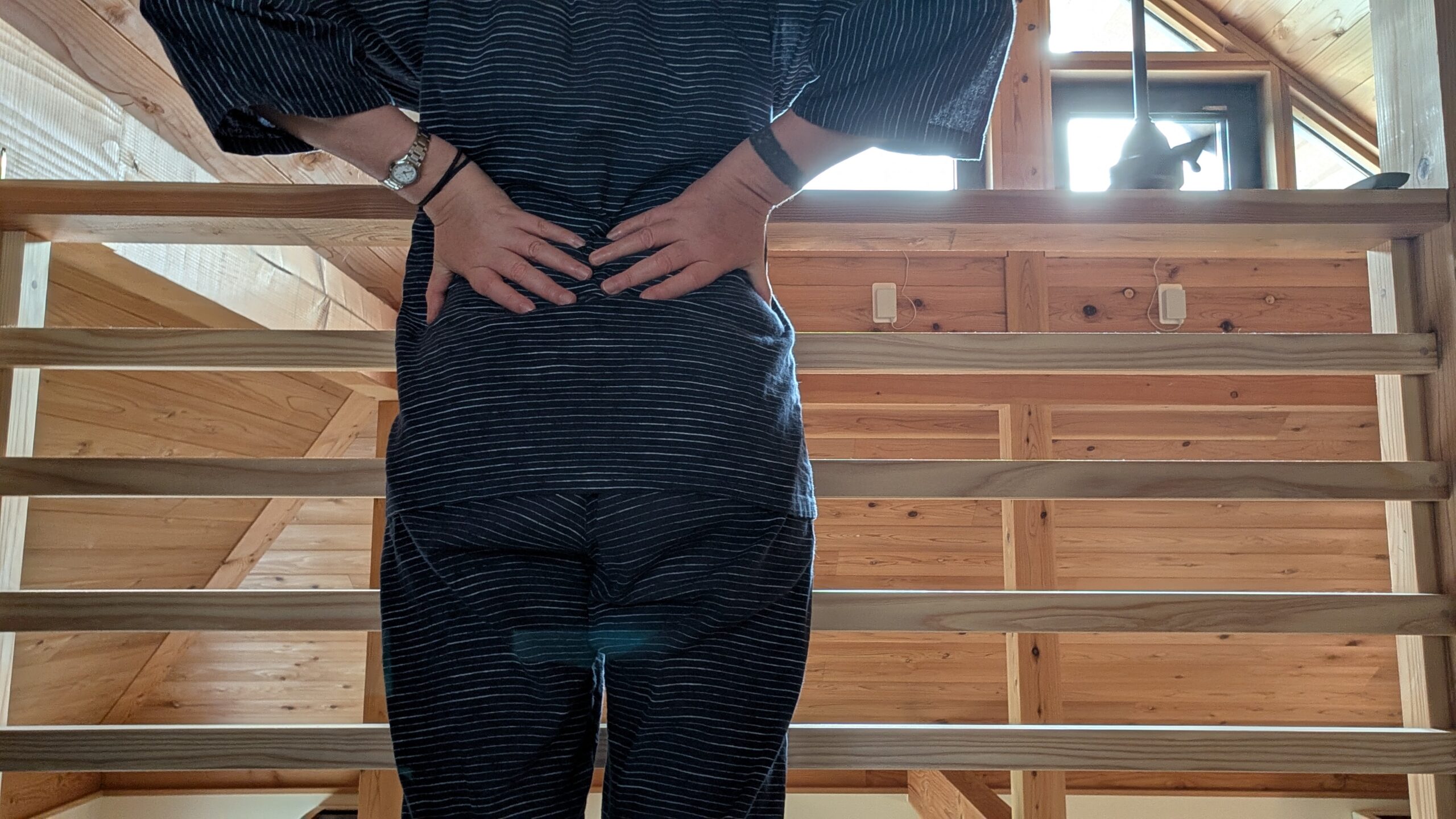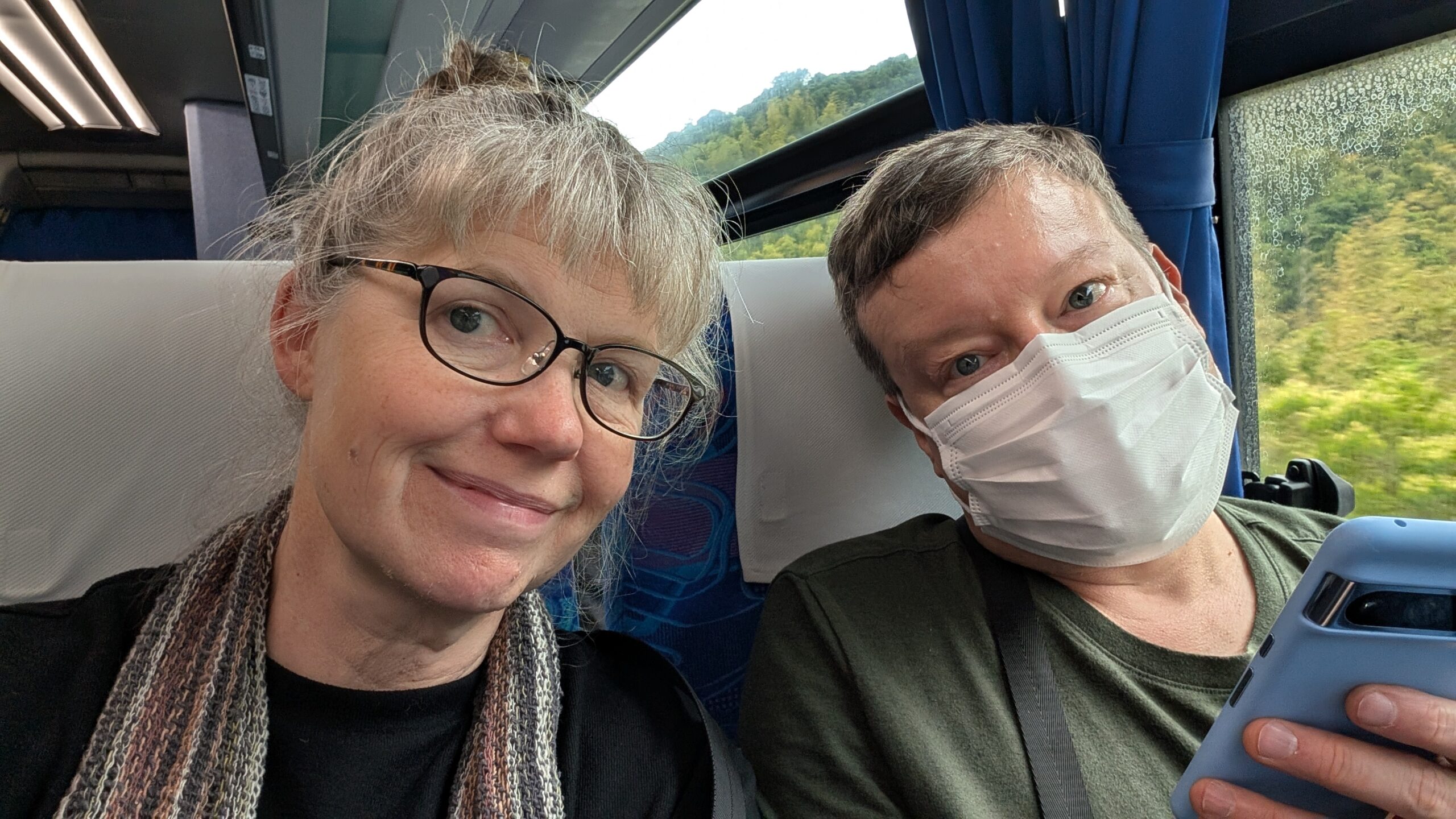This morning, the sun came out in the midst of typhoon weather to shine during our jichinsai, the groundbreaking ceremony.
I have to back up a little bit and explain why we held a Shinto ceremony at 555. First of all, it’s the tradition to invoke the local spirits and get them to bless the land and keep the building project safe. With the remnants of the house fire still in evidence as burn scars on trees and ashes scattered around, I wanted to clear any lingering bad juju. Also, I appreciate the ritual and beauty of religious ceremony even (especially) when I am not a practitioner.
So the Shinto priest who over sees the shrine above Oyama Fudoson (and who is also the owner of the big recycling plant where all the tile came from last year) was booked into 555 for today. Senkachi in the traditional calendar is an auspicious morning for projects, bringing luck for starting quickly and staying ahead.

Sasaki-san gave me a list of items I would need to supply for the ceremony:
- 3 portions of rice 米3合
- 1 bag of salt 塩1個
- 1 bottle of sake 日本酒1本
- 1 whole fish 鯛1匹
- 3 varieties of vegetables 野菜3種類
- 3 types of fruit 果物3種類
- 1 piece dried seaweed 本昆布
…plus a donation in the correctly decorated mizuhiki envelope. So we did our shopping and gathered everything by yesterday.
You know I’m all about hidden meanings and symbolism, so I made sure to include them in my choice of fruits and vegetables.

Specific people were represented in the produce. Peanuts were for Tod and the Zous; a chestnut for me; twenty-one green beans for my parents; a pineapple for G’mom Romayne; a tomato for Dan & Jenny. I picked seven blueberries from the blueberry bushes to symbolise the Kawasakis. Three long, twisting eggplants were my yoga class looking on in vegetal asanas. Spicy chilis stood in for many of our friends. A potato & garlic grounded us to the earth where the rest of our friends and family reside. So if you wanted to be there, be reassured. You were there symbolically.
And there were other meanings, too. I included an Asian pear and Western pear to represent the multicultural aspect of this project. A trio of colored peppers to remind me of cycles where we go, slow, and stop. Red cabbage and its Ph indicator stood for change. A pair of lemons connected Kamogawa to the rest of the world. A fig for abundance, lettuce for quick growth, apple for knowledge. The only things without layered symbolism were both the same color: a carrot and an orange.
The fish is a medai, sea bream, used for its wordplay in omedetai, which means congratulations. If you see medai on the menu, you can be sure it’s a special occasion.

When we arrived with everything, Sasaki-san and the Monaca team had built the structure of the temporary shrine – four bamboo poles with ropes between them. But because of the heavy gusts of wind and threat of rain, not to mention the copious quantities of mud, they had also constructed a frame of metal poles, a clear plastic roof and a floor of plywood. There were there at 8 am to do this. Above and beyond, as always.
People trickled in and I had some lovely surprises. The Kawasakis came, even though it was the day after a family wedding and they had guests at home. My heart swelled with gratitude when they walked up the driveway. As the owners of our land, they are so important to all of this. Mrs Kawasaki said that their groundreaking was only family, but Tod pointed out that we don’t have family here, so everyone who came is family to us. I think she liked to hear that.
Fujii-san and Naomi made it and stayed for about half of the ceremony. I thought they wouldn’t be able to because of Yatsufusa, their beagle, being in the animal hospital.
And all the Monaca work crew, Sakaguchi-san, Shimizu-san and Abe-san, were there even though it was their day off. Abe-san brought me the most thoughtful gift – a bowl full of shiny blue and orange medaka fish for our little concrete pond. We’d been talking about them a couple weeks ago. I had planned to order some to join the lonely pair that still lived in the pond but now I don’t have to. He even brought a bottle food for them.
Sasaki-san’s apprentice, Yoshida-san was there. He and his wife are expecting a baby – three days ago – so stepping away from that anticipation was a generous gift of time to us. He took many of the photos and videos in this post.
Truly, we are surrounded and supported by the best people. I am eternally grateful.

The ceremony itself was an experience. For nearly an hour, the priest intoned prayers and chants, invited the gods to enjoy the meal we had prepared for them, and blessed us with branches and paper. I was utterly surprised by two things: being asked to follow him with a little box as he walked to the four corners of the property; and by what that box contained – white paper confetti. It was hard not to laugh with delight as he threw it into the wind.
I also took place in the ceremonial work by cutting a blade of grass with a wooden knife. Then Teramoto-san hoed and Sasaki-san shoveled. Their “ay-ay-AY!” chants were much louder than mine. I feel like I had a private conversation with the gods as I cut that grass, which was a showy fluff of wild asparagus.
Then each of us offered a decorated branch to the gods. We ended the ceremony with a kampai and everyone had sip of sake from tiny saucers. The remainder of the sake, along with rice and salt were distributed around the site.
Sasaki-san received a small box with a charm inside to bury in the foundations. When we have our next ceremony, the jotoshiki, he will add a different charm to the ridge of the roof and the house will be protected top to bottom.
I am glad we are keeping with tradition. My sense of ritual, ceremony, and superstition lines up nicely with these Shinto rites.
